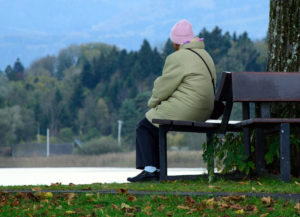
For many seniors, continuing to live in their own home provides them with the privacy and freedom that they feel that they would give up if they moved to a senior living community. Unfortunately, according to a recent study, nearly half of seniors who age in place experience social isolation. Social connections are important at every stage of life, and loneliness is associated with a broad range of physical and mental health risks.
Keep reading to discover 5 ways to prevent social isolation in seniors.
Promote a Sense of Purpose
For many seniors, the reality of retirement is not all it was cracked up to be. Whether they loved their career or spent years counting down to the day when they could hand in their notice, they’ve likely discovered that the novelty of carefree living does wear thin. Encourage your senior loved one to continue to pursue their hobbies and interests through their retirement years. Not only does this provide them with a sense of purpose, but many hobbies are social in nature and are a good safeguard against isolation.
Make Transportation Available
Some seniors have the desire to continue leading an active social life, but they lack access to transportation. Many seniors don’t drive, so it’s important to ensure that they are able to continue getting around in a way that feels safe and comfortable to them. Set up a schedule for family members to offer rides, arrange for a caregiver to provide transportation or help them learn how to use public transportation.
Talk to Neighbors
Sadly, many seniors can go for days without seeing another face, even in spite of the fact that most are surrounded by neighbors. If possible, talk to a trusted neighbor. Inform them of any particular issues that the senior may have, and ask them to keep a friendly eye out for anything that seems amiss.
Address Health Issues
Vision problems, hearing difficulties and incontinence are all health issues that may prevent a senior from venturing out of their home. They may worry that they’ll have a difficult time communicating or find themselves in an embarrassing situation. Encourage your senior loved one to have a hearing and vision test, make adaptive technologies available, and address incontinence issues with medication or incontinence supplies.
Be Sensitive to Loss
The loss of spouses, siblings and friends takes a huge toll on someone’s physical and emotional wellbeing. Particularly after the death of a spouse, seniors are at a higher risk of social isolation. If your senior loved one has recently lost someone close to them, go the extra mile by taking the time to visit with them. Providing them with the opportunity to share their feelings regarding the loss promotes a healthy grieving process and prevents them from spiraling into a pattern of depression and isolation.
While most people cite isolation and loneliness as their primary fear as they enter into their later years, the sad truth is that isolation is a reality for many seniors. By watching for the signs of loneliness and depression and encouraging your senior loved one to continue to pursue their interests and social engagements, you can help ensure their continued health and quality of life.
[wp_blog_designer]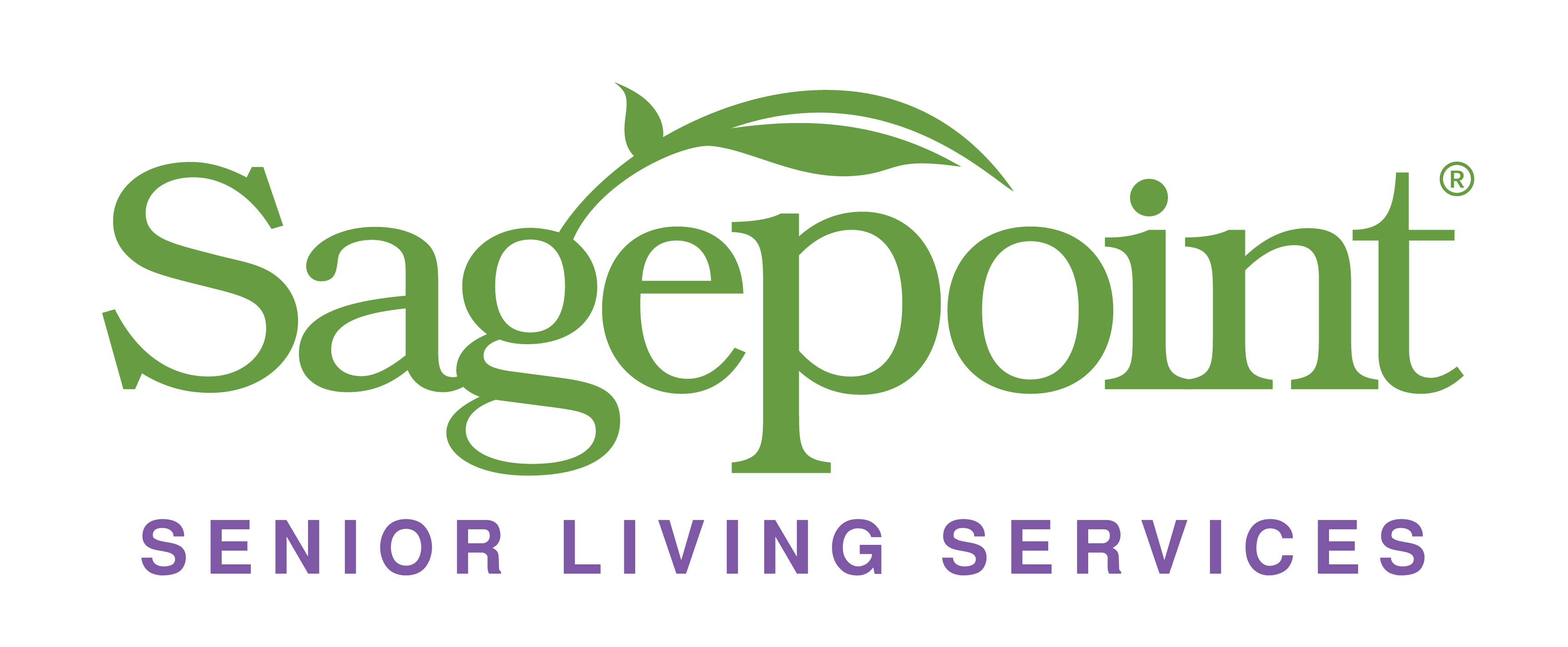


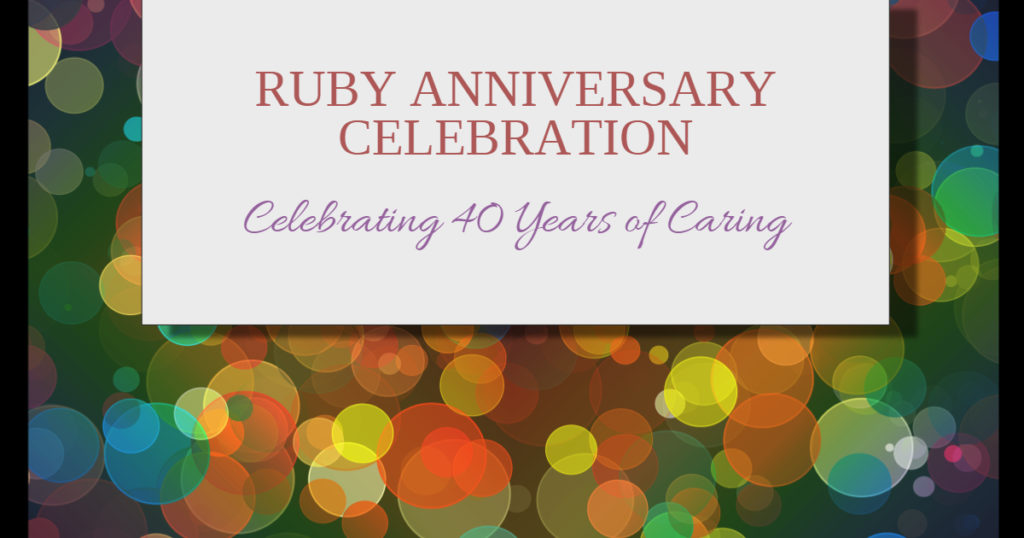



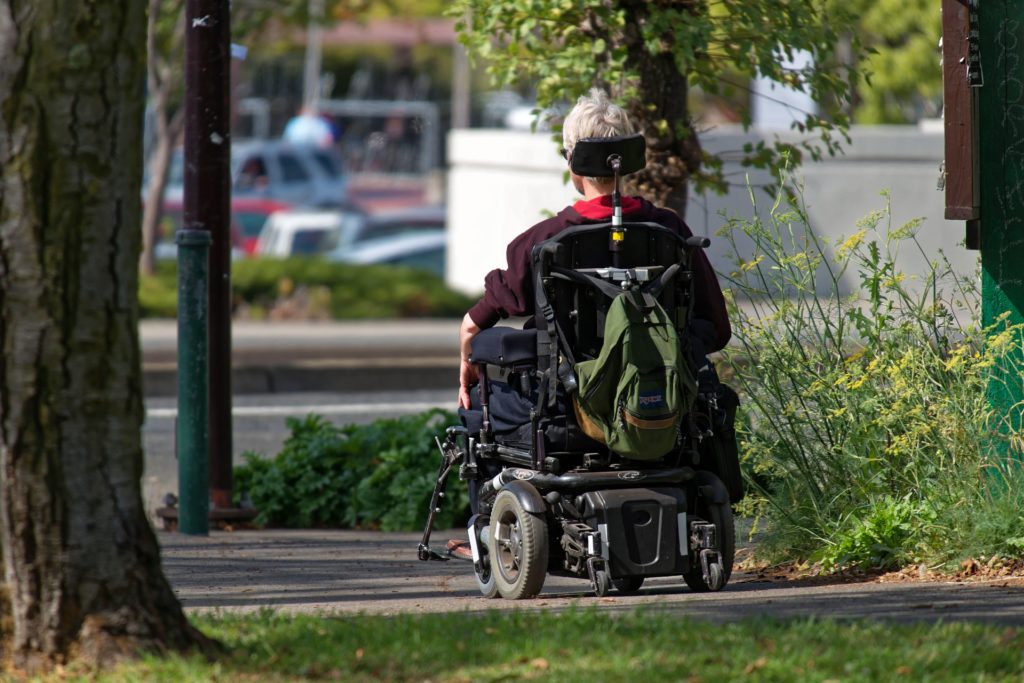

























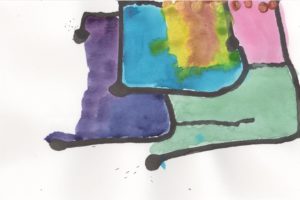




 Equal Housing Opportunity
Equal Housing Opportunity